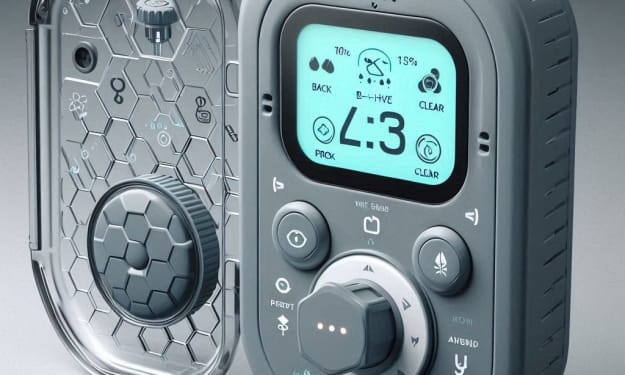
Introduction
In the dynamic realm of healthcare, innovations continually reshape the landscape of patient care. Among these innovations, 3D printing has emerged as a transformative force, revolutionizing the way we approach medical device production. This blog explores the fascinating and revolutionary world of 3D printing in the healthcare sector, with a specific focus on its applications, benefits, and the profound impact it has on patient outcomes. From personalized prosthetics to intricate surgical tools, 3D printing is changing the way we design, manufacture, and deliver medical devices. In this blog, we'll delve into the remarkable developments and future possibilities of 3D printed medical devices.
The Evolution of 3D Printing in Healthcare
- Precision and Customization
3D printing, also known as additive manufacturing, traces its roots back to the 1980s and was initially adopted by industries like aerospace and automotive. However, in recent years, it has gained significant traction in the healthcare sector. What sets 3D printing apart is its ability to construct objects layer by layer, guided by digital designs. This unique approach allows for the production of highly customized medical devices tailored to the unique needs of individual patients.
- The Remarkable Versatility of 3D-Printed Devices
One of the standout features of 3D-printed medical devices is their incredible versatility. These devices can range from simple anatomical models for surgical planning to intricate, patient-specific implants. Surgeons and healthcare professionals leverage this technology to elevate patient care in numerous ways, from creating prosthetics and orthopedic implants to developing personalized surgical tools.
The Impact on Patient Outcomes
- Personalized Solutions for Patients
Traditional, one-size-fits-all medical devices often fall short in addressing the unique needs of patients. 3D printing allows for the creation of tailor-made solutions that perfectly match a patient's anatomy. For example, a patient in need of a prosthetic limb can now have a device that aligns precisely with their body, offering improved comfort and functionality.
- Accelerated Prototyping and Iteration
In the world of medical device development, time is often of the essence. 3D printing enables rapid prototyping, allowing manufacturers to create multiple iterations of a device in a short span. This not only expedites the design process but also ensures the final product is of the highest quality, a critical factor in improving patient outcomes.
Advantages for Healthcare Professionals
- Enhanced Surgical Planning
Surgeons can utilize 3D-printed anatomical models to meticulously plan complex procedures with enhanced precision. Having an accurate representation of a patient's unique anatomy allows them to identify potential challenges and practice surgical techniques beforehand, ultimately leading to safer and more efficient surgeries.
- Enhanced Training Opportunities
Medical students and residents can significantly benefit from 3D-printed models for training purposes. These models provide a hands-on learning experience, enabling students to practice procedures and gain confidence before working on real patients. It's a valuable educational tool that ultimately enhances the skills of future healthcare professionals.
The Economic Aspect
- Cost-Effective Production
Traditionally, producing custom medical devices was a costly endeavor. 3D printing has disrupted this paradigm by reducing production costs. With this technology, complex, patient-specific devices can be manufactured efficiently and economically, making healthcare solutions more accessible to patients.
- Reducing Medical Waste
The healthcare industry has long grappled with generating substantial waste. 3D printing is positioned to mitigate this problem by producing medical devices on-demand, minimizing excess inventory and waste. This not only benefits the environment but also fosters sustainable healthcare practices.
Challenges and Future Prospects
- Regulatory Hurdles
Despite its tremendous potential, 3D printing in healthcare faces regulatory challenges. Ensuring the safety and efficacy of 3D-printed medical devices is of paramount importance. Regulatory bodies, like the FDA, are continuously working to establish guidelines and standards to govern their use.
- Ongoing Research and Development
The field of 3D printing in healthcare is continually evolving, with ongoing research and development efforts aimed at pushing the boundaries of what is possible. We can expect to see more innovations in materials, printing technologies, and applications in the years to come.
Conclusion
3D printing in medical device production is not just a technological trend; it is a transformation that is already reshaping patient outcomes. With its ability to provide precision, customization, and cost-effectiveness, 3D printing is changing the way we produce medical devices. As the technology continues to advance and regulatory challenges are addressed, we can anticipate even greater strides in this field, ultimately leading to improved patient outcomes and a more efficient and sustainable healthcare system. The future of patient care is being redefined, layer by layer, through 3D printing, and the possibilities are truly exciting.





Comments
There are no comments for this story
Be the first to respond and start the conversation.